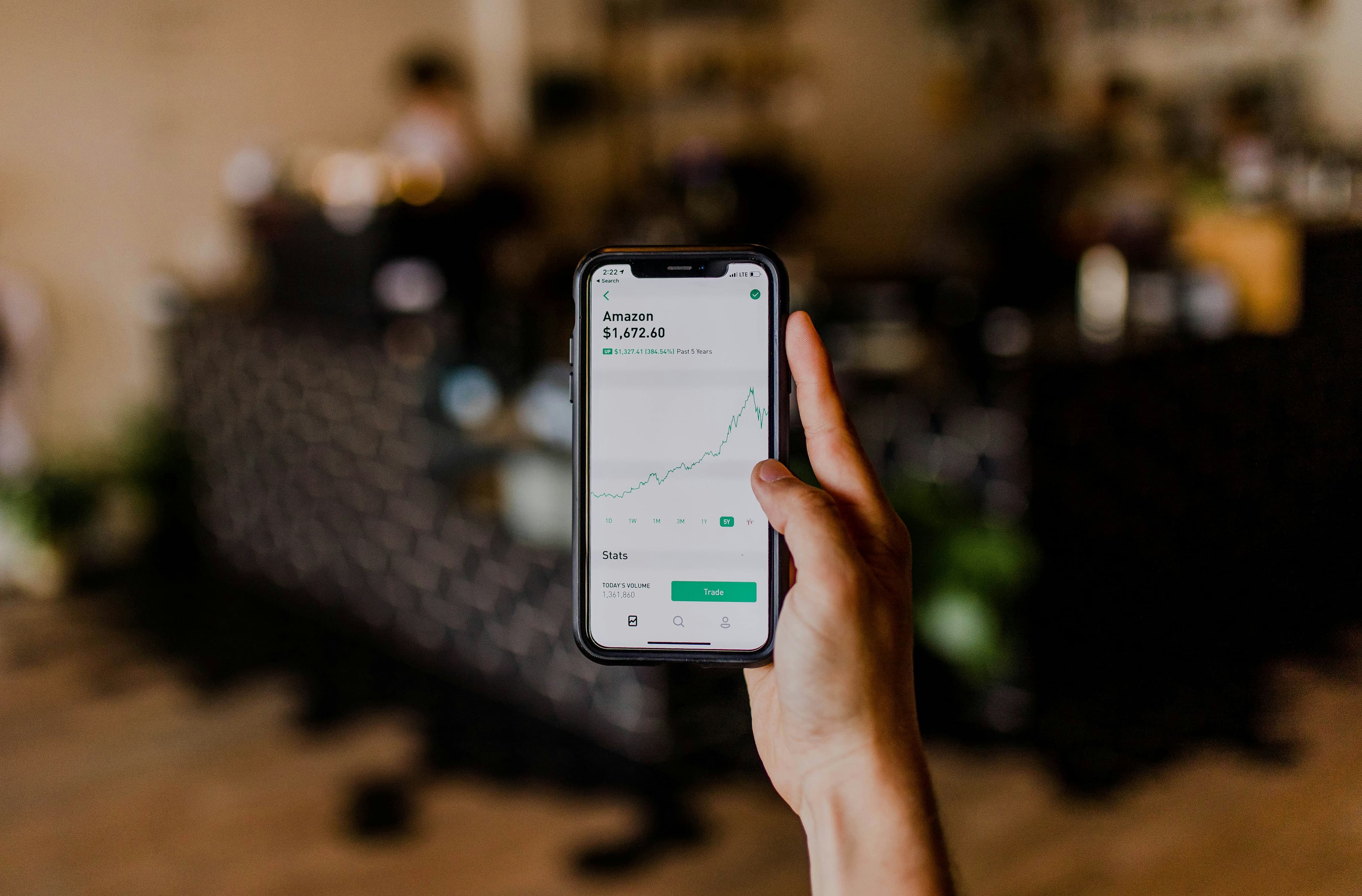The Hidden Flaw in 'Average' Investment Returns

When you're figuring out how to grow your money, you'll hear a lot about different factors that drive returns. But there's one powerful force that often gets overlooked, and understanding it is critical: volatility.
Controlling its impact is a game-changer for anyone investing money for the long haul.
Why Volatility Matters More Than You Think
Let’s imagine you have two choices. Portfolio A has an average annual return of 15%, while Portfolio B averages 12%. On the surface, the decision seems obvious—most people would grab the 15% return without a second thought. But that’s a mistake.
The first thing you should ask about is the volatility of each portfolio. To understand why, you need to get familiar with a simple statistical concept called standard deviation. It sounds complicated, but it's not. Think of it this way: St. Louis and Honolulu might have the same average annual temperature, but the day-to-day temperature in St. Louis swings wildly from season to season, while Honolulu’s is pretty consistent. St. Louis has a much higher standard deviation.
In the world of stock market investing, standard deviation measures how much an investment’s annual returns bounce around its average. The bigger the swings, the higher the standard deviation, and the higher the risk. A key principle for is to understand this relationship.
Let's go back to our two portfolios:
- has a standard deviation of 35%. This means its returns are expected to fall somewhere between -20% (15 - 35) and +50% (15 + 35) about two-thirds of the time.
- has a standard deviation of 15%. Its returns typically land between -3% (12 - 15) and +27% (12 + 15).
Clearly, Portfolio A is a much riskier rollercoaster. But here’s the kicker: despite its higher average return, Portfolio A is the worse performer over time. The portfolio with the 12% average return actually produces a higher compounded growth rate of 11%, while the 15% portfolio only compounds at 9%. Over twenty years, every dollar you invested in the less volatile portfolio would grow to $8.06, compared to just $5.49 in the more volatile one.
The reason for this is simple: volatility is a drag on your returns. The bigger the swings, the more they eat away at your growth.
Consider another example. John’s portfolio goes up 50% one year and down 50% the next. Jane just holds cash, so her portfolio does nothing. Both have an average annual return of zero. If they both start with $100, after two years Jane still has her $100. John, however, saw his $100 grow to $150, then fall to $75. The volatility cut his investment nearly in half. What you can spend isn't your average return; it's the compound growth of your dollars. This is a crucial lesson for anyone looking to through their investments.
The “Free Lunch” in Investing
So, if volatility is the problem, how do you reduce it? The solution earned Harry Markowitz a Nobel Prize and is a cornerstone of Modern Portfolio Theory. The answer is diversification, and it’s the closest thing to a free lunch in finance. By diversifying correctly, you can increase your returns without taking on more risk, or lower your risk without sacrificing returns.
Most people know the old saying, “Don’t put all your eggs in one basket.” It's a fundamental rule of . No matter how confident you are in a single investment, the potential cost of being wrong is just too high. Prudent investors spread their money across different assets.
Here’s how to do it effectively in three steps.
Step 1: Broaden Your Holdings with Funds
Let’s say your portfolio consists of only General Motors stock. That’s incredibly risky. You could add Ford to diversify, but that doesn’t help much. Both are car companies and their stocks tend to move together in response to the same economic news—they have a high correlation. To truly reduce risk, you need to add assets that have low correlation, meaning they don’t all move in the same direction at the same time.
Instead of another car company, adding a drug company like Merck or a bank like Citigroup would be more effective because their businesses are affected by different factors. For an individual, constructing a properly diversified portfolio with individual stocks is difficult. The simplest solution is to buy low-cost, passively managed mutual funds, which can hold thousands of different securities at once, giving you broad diversification instantly. This approach is central to modern .
Step 2: Diversify Across Asset Classes
Buying mutual funds is a great start, but you can’t stop there. If you buy two funds that both invest in technology companies, you’re making the same mistake as buying both GM and Ford. You also need to diversify across different —groups of companies with similar characteristics, like small-cap stocks, large-cap stocks, or value stocks. These classes go in and out of favor, and nobody can predict which one will be on top next year. Owning a mix of funds across several asset classes is a key strategy when .
Step 3: Go Global to Reduce Country Risk
Finally, true diversification means looking beyond the U.S. border. Many investors avoid foreign markets because they seem risky, but that’s like avoiding every industry except automaking. Foreign markets are driven by their own local economies and don’t move in perfect sync with the U.S. market. Data shows that international stocks, particularly from emerging markets, have a low correlation to U.S. stocks.
This creates a powerful opportunity. Adding a so-called “risky” asset class like emerging market stocks can actually your total portfolio’s volatility. By including international mutual funds in your portfolio, you diversify away both business risk and country risk, which dramatically smooths out your returns over time and can lead to better growth for your goals. It’s one of the most important concepts for to grasp.
By following these principles, you can build a portfolio designed to weather market swings and grow more effectively over the long term.








